Alstroemeria is known by a few names, The Lily of the Incas, the Peruvian lily, or the Parrot flower or lily. Regardless of what you call this flower, it is an understated beauty with plenty of charm and colour. Often used as a flower filler by florists, these beauties have been a popular flower for centuries. With its simple, stunning, and numerous blooms, this flower has become a favourite of many.
Alstroemeria Pronunciation
al·struh·mee·ree·uh
Scientific Information
Alstroemeria is a genus from the family Alstroemeriaceae and is related to the lily. There are over 50 different species of alstroemeria and over 190 cultivars that have since been developed. Growing from clusters of tubers, alstroemeria send up stems with flowers, some of which are sterile and some are fertile, with the fertile stems reaching a taller height, around 1.5 meters. Alstroemeria also generally has 6-8 flowers per stem with each flower containing six petals that can be around 5 centimetres long. Alstroemeria’s roots grow thick and deep but are generally delicate. Alstroemeria contains some zymographic traits in that its flowers are somewhat bilaterally symmetrical.
Origins and Naming
Alstroemeria is native to all of South America although many varieties have since become naturalized in the United States, Mexico, Australia, New Zealand, Madeira and the Canary Islands. For those that grow in Chile, they are a winter growing variety, while the variety that grows in Brazil grow in the summer. All varieties are long-living perennials except for one annual species found in Chile.
Alstroemeria was first discovered by a Swedish botanist, Baron Clas Alströmer, from which the flowers name derives, and was the first to bring the flower to Europe. The flower became immensely popular due to its colour variety and long vase life.
Alstroemeria in Flower Arrangements
Alstroemeria has generally been used as a flower filler by florists due to its dense blooms but this density also means that alstroemeria looks stunning all on its own in a flower bouquet. When arranging alstroemeria, be sure to have the lily heads facing forwards and to place the smaller blooms on top and the larger ones on the bottom for a more balanced bouquet.
*Pair alstroemeria with large or focal point blooms like roses and lilies
*Sweet peas make a nice accompaniment to alstroemerias
*The shape of calla lilies contrast nicely with the shape of alstroemerias
*White alstroemerias make a simple but elegant wedding bouquet
*Pair alstroemerias with nemesia or violas for a nice plump and full flower arrangement.
Popular Alstroemeria Types and Colours
Alstroemeria comes in nearly every colour and shade from red, orange, yellow, purple, green, and white. These colours can be flecked, striped, or streaked and come in various shades and intensities. Here are few popular varities fo alstromeria.
Alstroemeria aurea
Blooming from early spring to summer, these golden yellow to bright orange coloured alstroemeria have smaller petals than other varieties and can at times resemble an orchid. Its petals often contain stripes or speckles, accentuating the flowers dramatic colours and bloom.
Indian Summer
The Indian Summer variety is a stunning multi-tonal colour variety that mimics a summer sunset. Growing just over half a metre in height, these stunners are favourite among gardeners as they’re resistant to the nibbles of animals but favoured by the butterflies due to their sunny colours.
Alstroemeria aurea 'Saturne'
Native to France, this flower has won several international flower awards with its beautiful pink coral petals with a yellow flush. This alstroemeria variety blooms from early summer to late fall and is a mound-forming plant. Practically disease-free and easy to grow, this flower is ideal in gardens or as cut flowers, adding soft and welcoming ambience.
Alstroemeria pulchella, New Zealand Christmas-bell
While native to South America, this variety of alstroemeria is widely cultivated in Australia and New Zealand. In New Zealand, this flower usually blooms around Christmas time, blooming in red and green which, are traditional Christmas colours, both of which contribute to its nickname.
Image by Chesna from Pixabay
Alstroemeria magnifica
Native to Chile, this natural variety is one of the most popular varieties of alstroemeria used in cultivation and hybridization. They are a robust and generally coastal species that have rich colours and patterns that tolerate rocky soil.
Alstroemeria Symbolism and Meaning
Alstroemeria has a variety of beautiful meanings. In general, the flower symbolises friendship and devotion but each of its six petals also represents understanding, humour, patience, empathy, commitment and respect.
*White Alstroemeria: symbolises spirituality, strength, support, and purity.
*Orange Alstroemeria: passion, awakenings, reenergizing feelings
*Purple Alstroemeria: elegance, grace
*Yellow Alstroemeria: vibrant, fun, happiness, energy, joy, optimism
*Pink Alstroemeria: gentle feelings, budding romance, playfulness
*Red Alstroemeria: love, faithfulness
Alstroemeria Flower Care
Alstroemeria flowers are popular not only for their looks but for their practicality. They’re easy and low maintenance garden flowers and stunning and long-lasting cut flowers.
Garden Care
When looking to plant alstroemeria, the best time to do it is in the late spring/early summer months. Pick a plot that is reasonably sheltered but where they will still receive a good amount of sunlight. Place each plant about 60 centimetres from the next into well-drained soil that has plenty of organic matter.
If you’re looking to harvest the flowers, avoid cutting them from the base of the plant and instead pull the stems from the plant.
During the winter months when the flowers have died back, tidy up the stems but cutting them to the base. The plant will likely go straw-coloured before going dormant for the winter but will reappear in the summer.
When the flowers are in bloom, it is important to deadhead any dying blooms to ensure you get the most of the alstroemeria’s annual bloom.
Cut Flower Care
As mentioned before, if harvesting from a garden, do not cut the flower from the base of the plant, instead pull it from the base of the plant. From there, always cut the stems before placing them in a vase. If the buds of the flower are closed, run them under warm water to promote opening. Alstroemeria requires a lot of water so always make sure the vase is full and that the water is replaced daily. Avoid water from a water softener.
General Flower Care:
*Cut the stems at a 45-degree angle.
*Use flower food.
*Remove the dying leaves and petals, especially if they’ve fallen in the water.
*Change the water daily.
*Keep flowers away from drafts, fans, and appliances that give off heat.
Interesting Facts About Alstroemeria
*The leaves on the alstroemeria stem grow upside-down and science has yet to explain why the alstroemeria does this.
*Alstroemeria is a completely scentless flower. This makes them ideal for those who have allergies.
*Alstroemeria only bloom once per year.
*Alstroemeria can take a few weeks to a year in anywhere from seeds to germinate.
*Alstroemeria may cause an allergic reaction in some people.
*Alstroemeria contains a toxin called tulipalin, which is potentially harmful to all animals as well as having an unpleasant taste. This one reason why gardeners love this flower as animals who eat flowers and other vegetation generally avoid alstroemeria
This is a Hong Kong GGB original 'Flower Facts: All About Alstroemeria' blogpost.






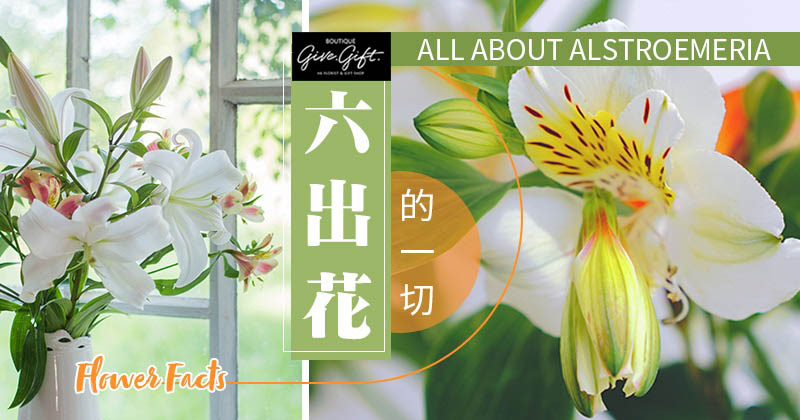
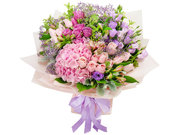
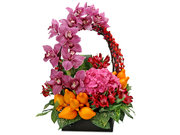
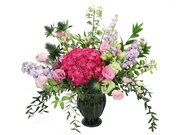
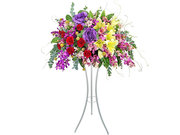
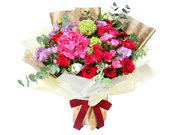
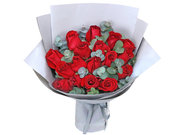
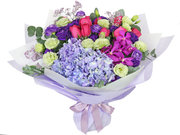
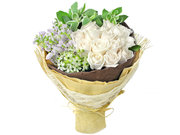

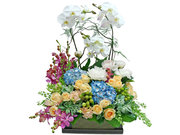

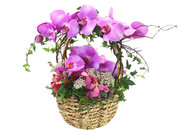
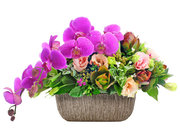
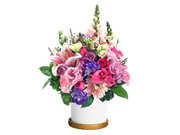
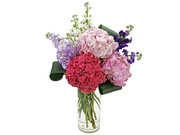
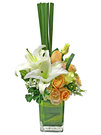
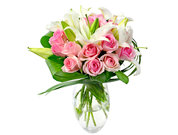
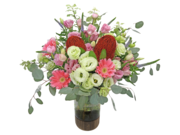



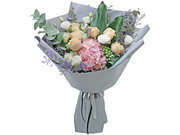
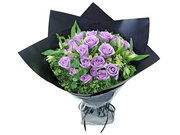
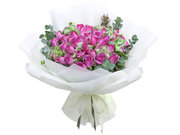
 Share
Share Tweet
Tweet +1
+1  Pin it
Pin it Post
Post  Weibo
Weibo Review
Review

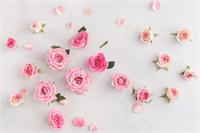
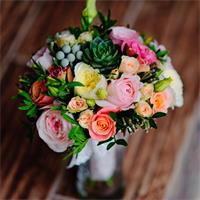
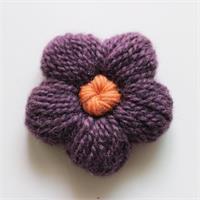


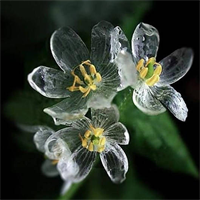
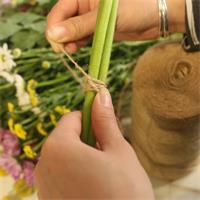
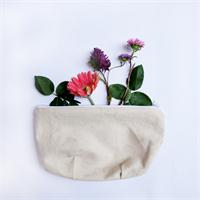



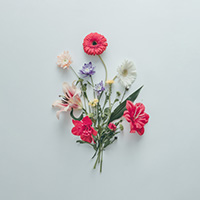


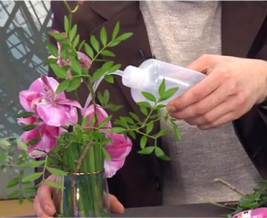



 Diwali Gifts
Diwali Gifts 
 ▶
▶